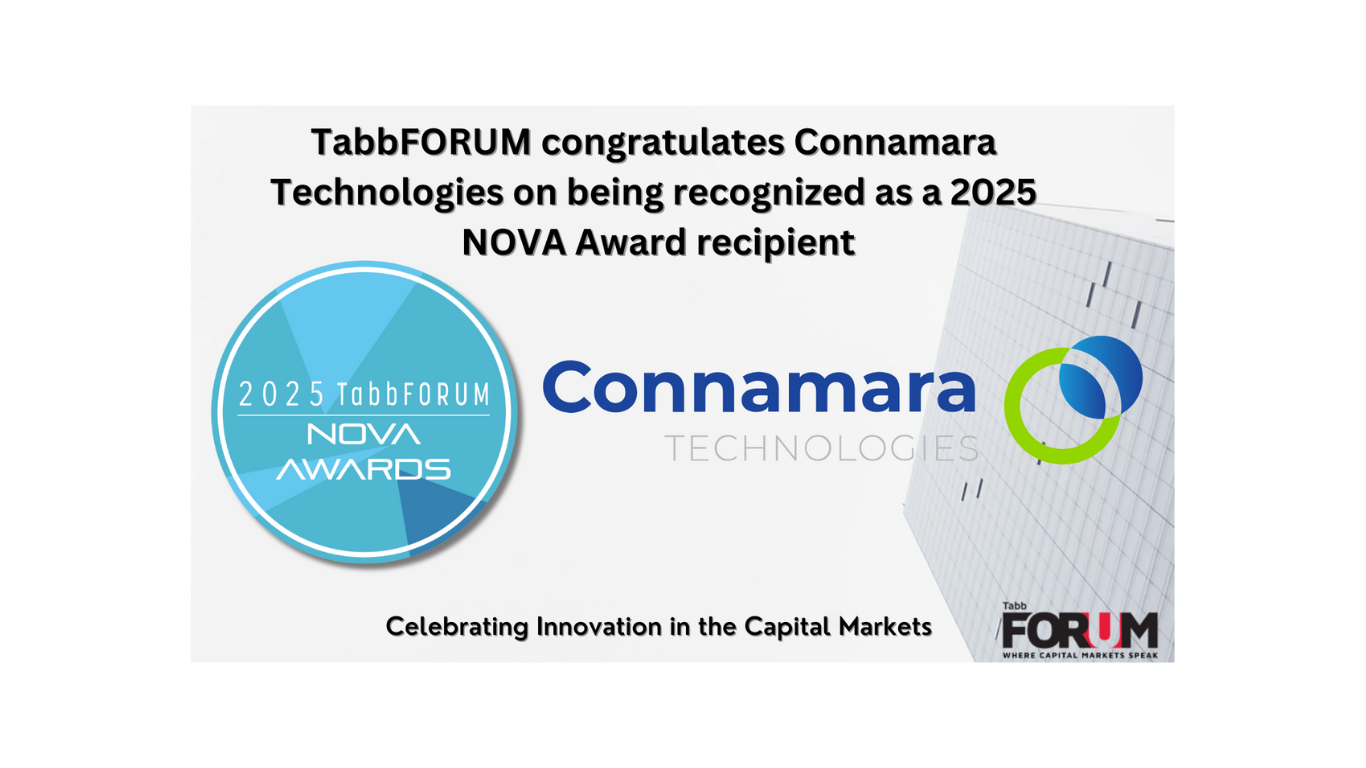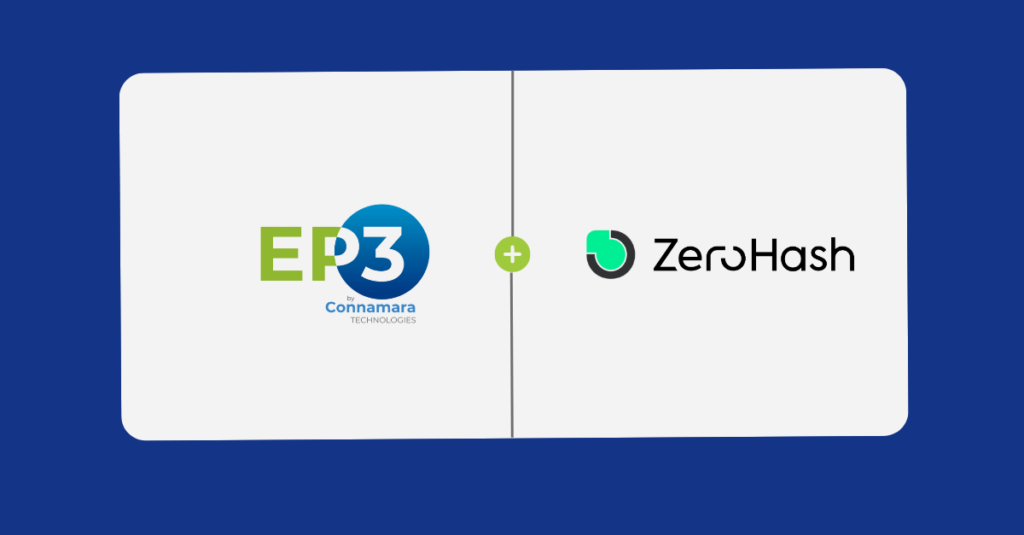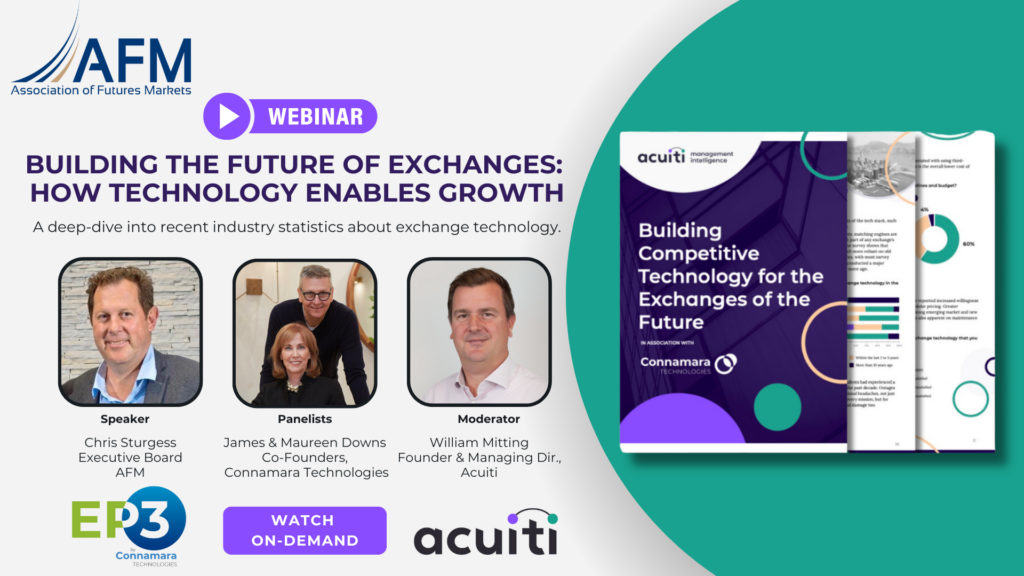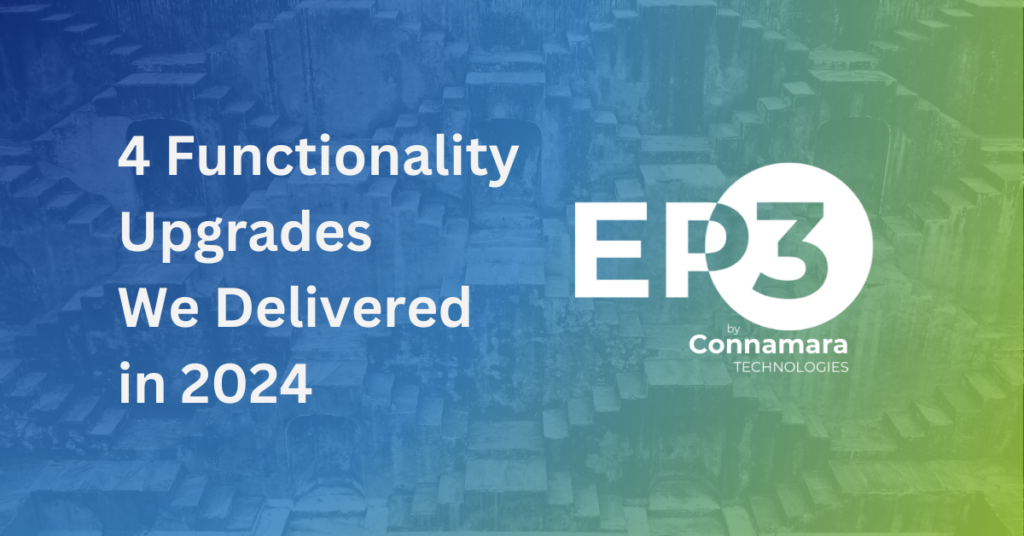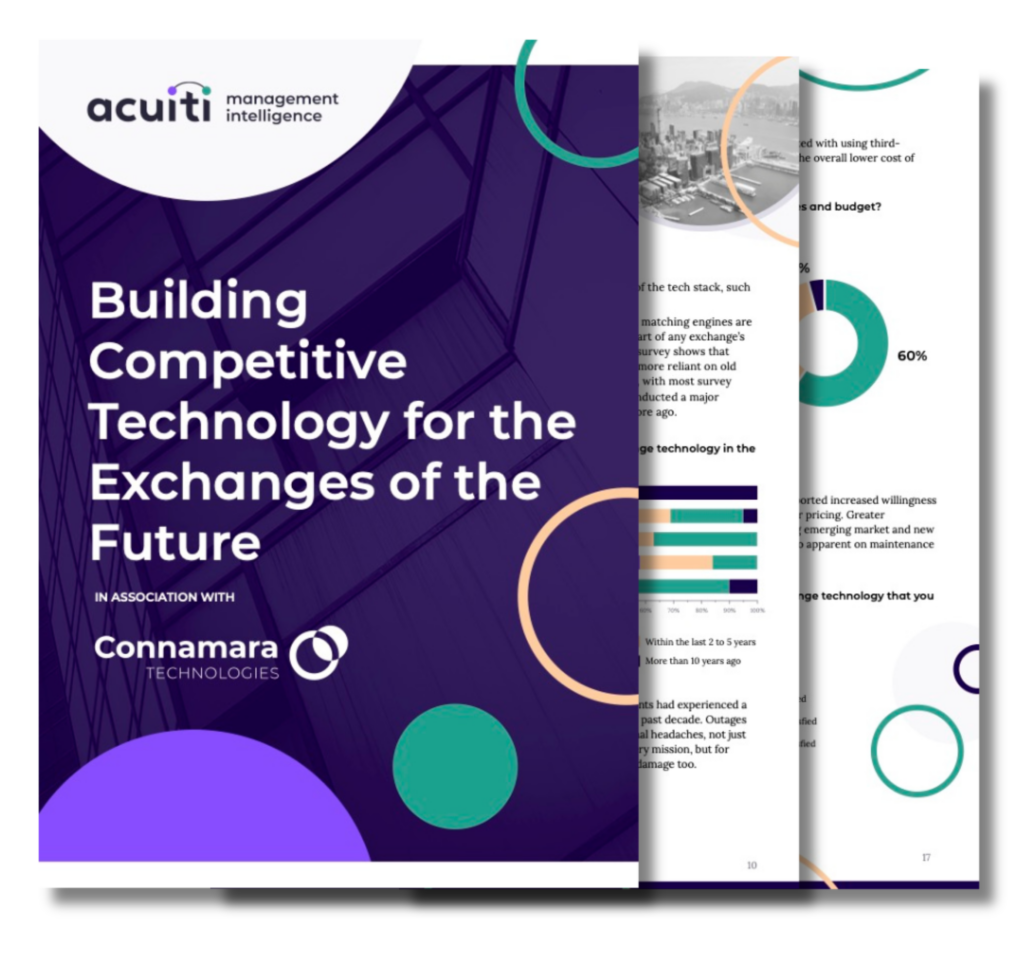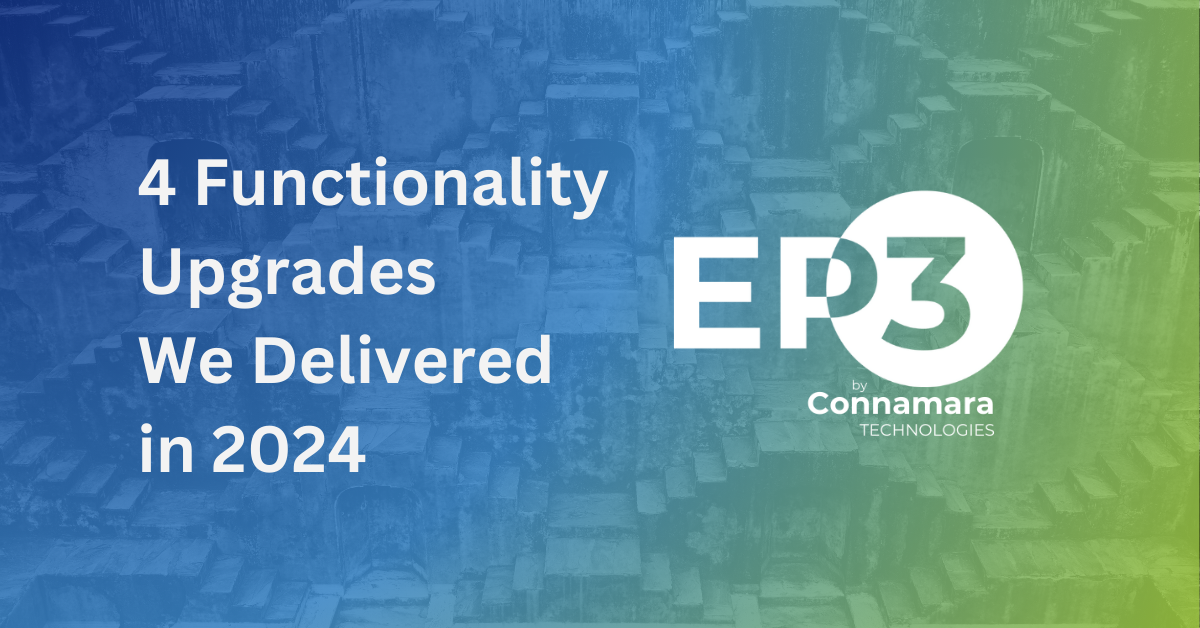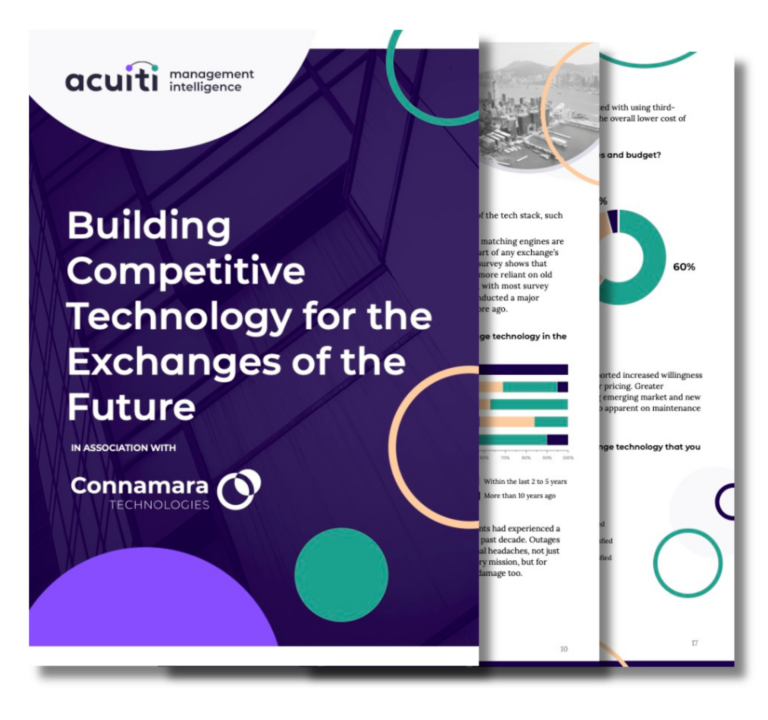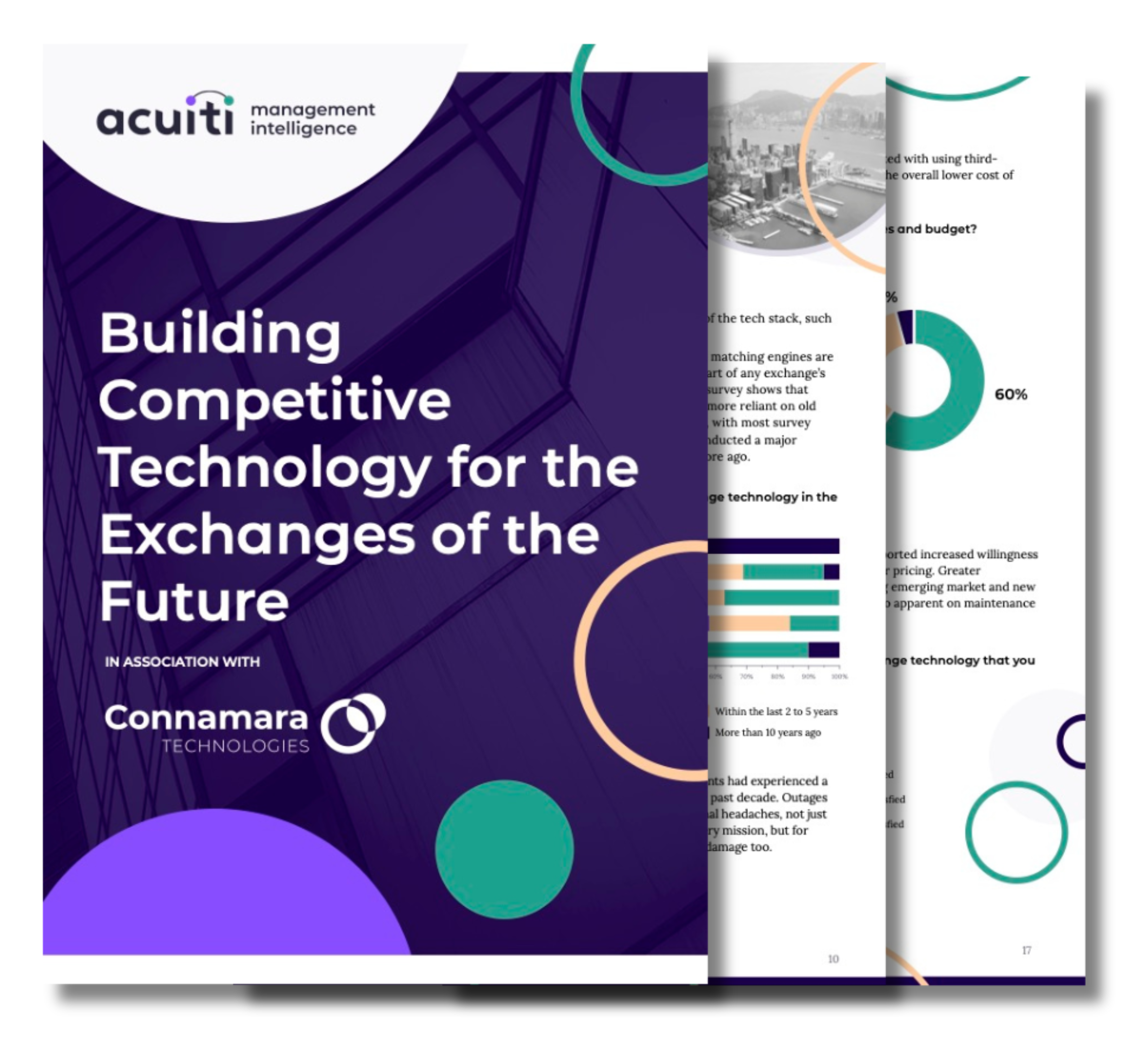Connamara Technologies was founded in the winter of 2022. Three years later, we are on a trajectory we couldn’t be more proud of. As we reflect on our nascent stage, servicing the innovation goals of a sharply growing list of global clients, we’d like to take a moment to share the lessons we’ve learned along the way.
To gain a deeper understanding, I contacted our team members and encouraged them to reflect on their experiences scaling and growing the EP3® matching engine and platform. After reviewing this feedback, I could not help but share their assessment of the last three years and our biggest takeaways. Their insights offer a collective perspective on the knowledge we have gained throughout our remarkable journey.
A Product Company Operates Differently Than a Services Company
Connamara Technologies grew out of our custom capital markets software development company, Connamara Systems, which has successfully delivered custom technology solutions for twenty-six years. Moving into the product space with EP3® required us to adopt a new way of thinking.
Building a product like EP3 demands a focus on scalability, standardization, and long-term roadmaps. We found that our historical experience in building bespoke solutions for our legacy clients was a double-edged sword when trying to build a product company.
When building software tailored to individual customer requirements, the default behavior is to create whatever the customer wants.
When building a product that serves a diverse market, you need to take a beat and evaluate each customer request against the product roadmap and the value of the change in terms of the product-market fit. Yet, our deep experience building custom solutions for clients gave us a unique edge—understanding how to listen to clients and respond to their diverse needs in an evolving landscape. Learning to balance these two worlds has been a challenge but ultimately a key to our success.
Innovation Comes From Customers
While we’ve recently invested in formal market research in our collaboration with Acuiti, some of our most groundbreaking ideas for our EP3 matching engine have come from simply listening to our customers.
Our diverse customers’ feedback, insights, and challenges have been invaluable in shaping and driving our innovation strategy. This is because our customers always push the envelope when developing new exchanges and marketplaces. Whether our customers have brought us a twist on the digital asset marketplace, a plan for a new exchange in an emerging economy, or an idea that’s never been attempted before in the current marketplace, we’ve grown with our clients to meet their expectations and evolving needs.
Great Documentation is as Valuable as Great Code
Clear, thorough documentation helps customers implement and use EP3® effectively, reduces onboarding friction, and provides valuable support. This allows us to spend more time working with our customers on complex problems and solutions, rather than questions that have been answered previously. By the same token, excellent documentation allows our customers’ operational and technical teams to be more efficient, thus lowering the total cost of ownership of EP3. Documentation is an investment that continues to pay dividends long after the code is written for the vendor and the customer alike.
As we celebrate our third anniversary, we’re excited to carry these lessons into the next chapter of our journey. Thank you to our customers, board, and team members for helping make these three years so impactful. Here’s to continued innovation, collaboration, and growth in the years ahead!
James Downs,
Co-Founder and CEO










